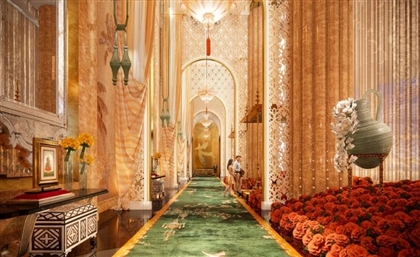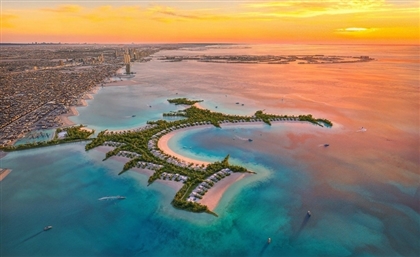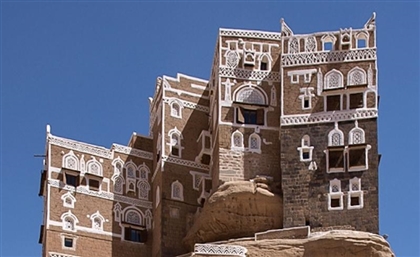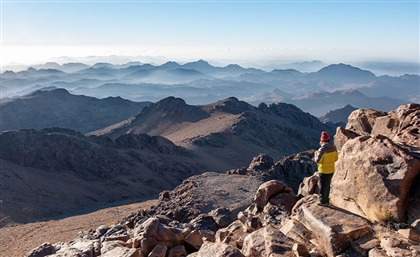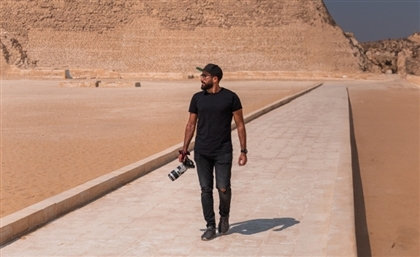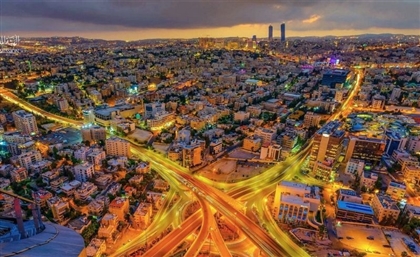This Surreal Island in Iran Is Where the Earth Wears Every Colour
Hormuz is an island adrift in the Persian Gulf, where red soil stains the sea, statues form from salt, and bread is baked with powdered earth.
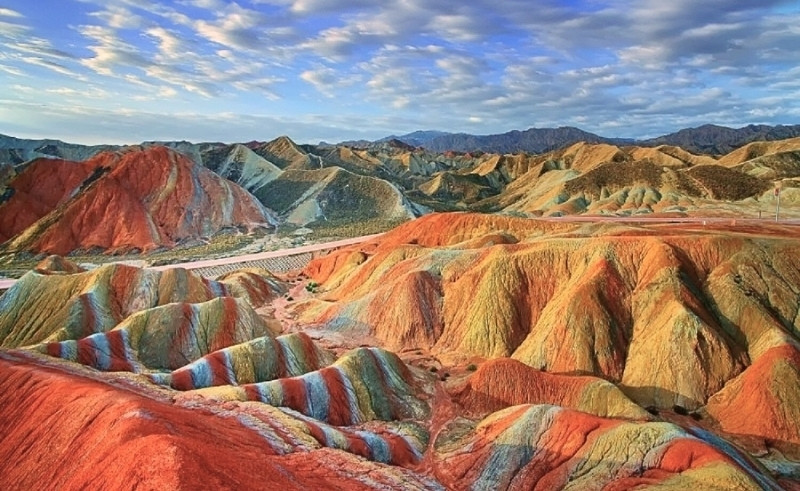
It begins with colour. Not the washed-out pastel of postcards or the warm, curated glow of the golden hour, but something far stranger: iron reds bleeding into purple cliffs, silver sands that sparkle like fish scales, ochre trails powdered into meals, and canyons striped in fifty shades of mineral memory. On Hormuz Island—cast adrift in the Persian Gulf like a palette flung by the earth itself—colour isn’t so much a backdrop as it is the main event.
About an hour by boat from Bandar Abbas, Hormuz may appear ostensibly impossible. A geological curiosity formed from a salt diapir, the island has literally risen from the ancient seabed, its crust eroded into peaks, valleys, and tunnels by centuries of salt, wind, and time. But there’s nothing subtle about it. Rainbow Valley gapes with exposed sediment like a wound, and the Salt Goddess Cave gleams with crystalline walls that moisten under your breath. In the Valley of Statues, boulders warped by erosion resemble beasts and wanderers, frozen mid-journey.
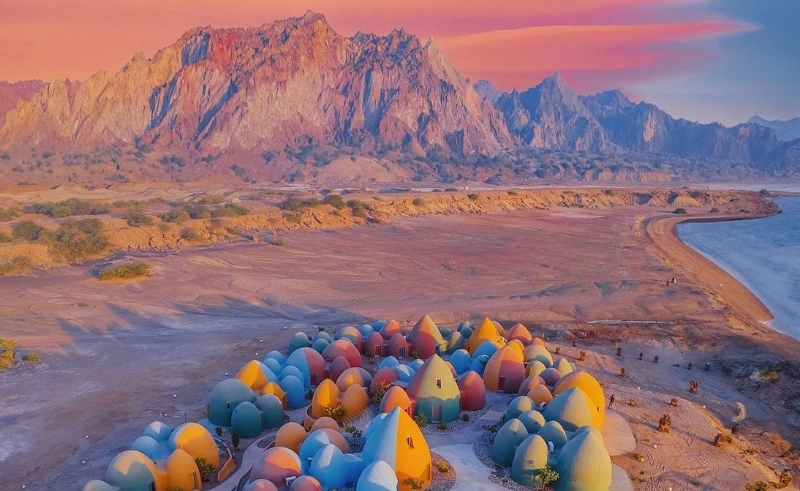
Even with all this strangeness, Hormuz never feels like a place trying to perform for visitors. The settlement here—little more than a village clinging to the island’s edge—remains quiet. Locals bake bread using red ochre soil, not for effect, but because it’s what they’ve always done. Children play near the Red Beach, which darkens after rainfall when iron oxide from the hills runs down into the sea, staining both the water and the shore. Scientists call it "blood rain." The island calls it a regular Tuesday.
For a long time, Hormuz was known only to those who saw it as an opportunity: traders, smugglers, invaders. In the early 16th century, the Portuguese seized it and built a sandstone fortress—the Fort of Our Lady of the Conception—on the island’s northern cliff. Its thick red walls are still watching the sea lanes that carry nearly a quarter of the world’s oil through the Strait of Hormuz below. After the Persians and the British drove the Portuguese out in 1622, the island slipped into a kind of obscurity. It was leased to the rulers of Oman for a while, then reclaimed.
In the past decade, a new kind of visitor has come ashore. Architects and artists, drawn by the island’s hallucinatory landscape, began working with local communities to create something between sculpture and shelter. The Majara Residence, a low-slung cluster of domes made from local earth using "superadobe" methods, looks like it’s been grown rather than built. Further inland, artist Ahmad Nadalian has created soil carpets—huge mosaics made entirely of Hormuz’s own pigments, laid out on the ground like a mandala.
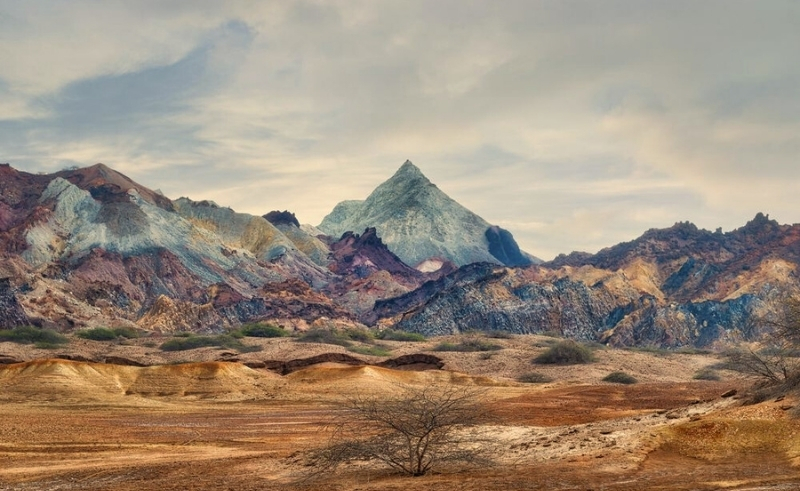
Despite this attention, Hormuz remains remarkably undeveloped. There are no luxury resorts. There are barely hotels. Most visitors resort to homestays or camp under the stars. At night, the sea sometimes glows blue with bioluminescent plankton, especially near Mofaneq Beach. In the early mornings of spring, sea turtles climb ashore to nest. At high tide, the mangrove forest—called the "Sea Forest" by locals—rises ghost-like from the brine, sheltering terns and thick-knees, gulls and flamingos.
There is talk now of tourism infrastructure, of new ports and promenades. But even as roads improve and tour groups grow, Hormuz refuses to feel accessible. The heat in summer is brutal—over 45°C—and there is little shade. The roads are crude. Trails lead to nowhere. It’s easy to get lost in the folds of a salt dome or to vanish into the silence between beaches. But perhaps this difficulty is part of the place’s allure.
- Previous Article The Platform Making North Coast Rentals Actually Easy
- Next Article A New Luxury Island in Dubai to Host Region’s First Cheval Blanc Hotel
Trending This Month
-
Nov 29, 2025




